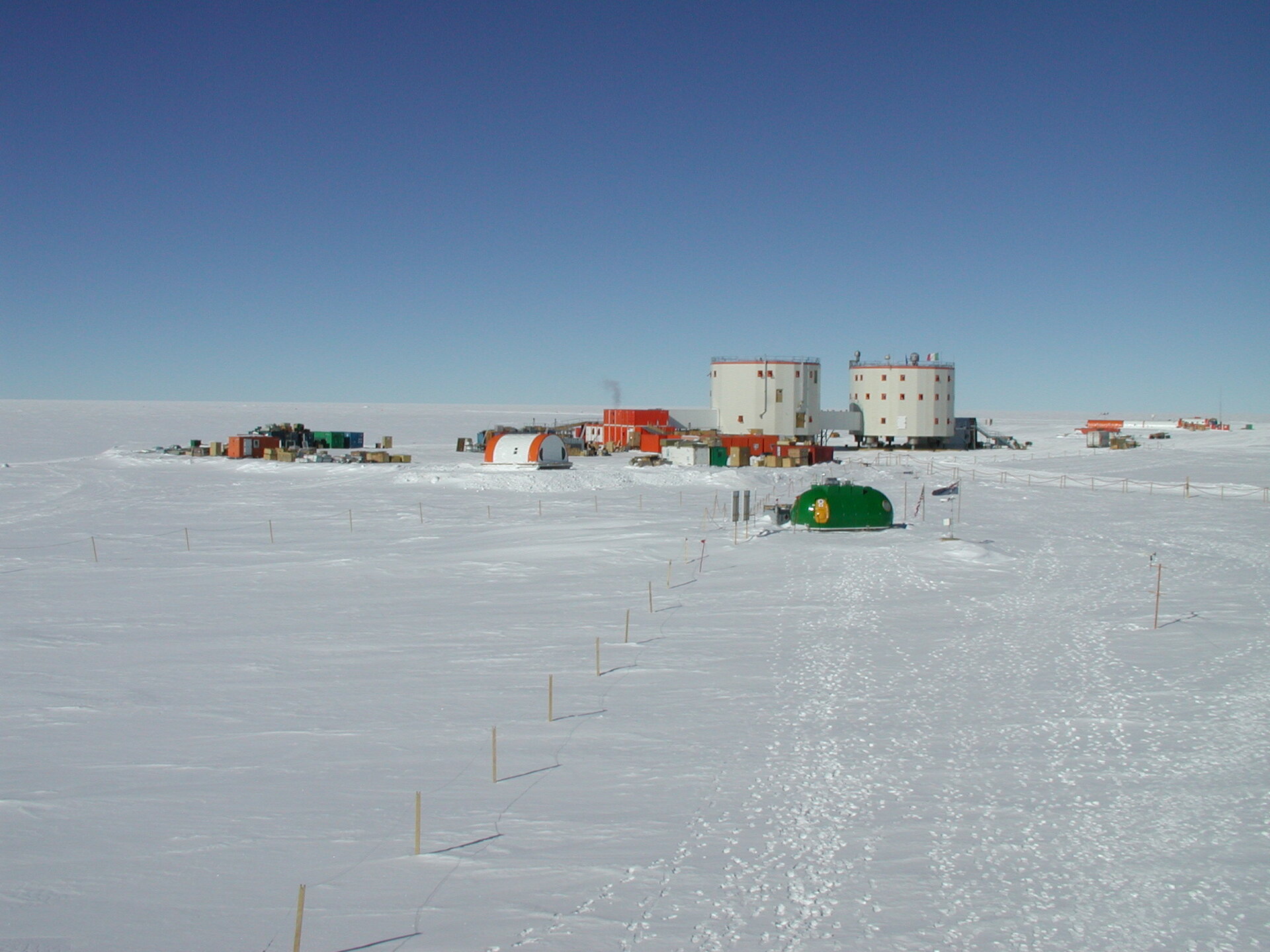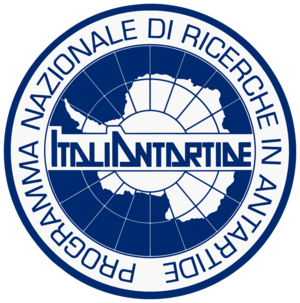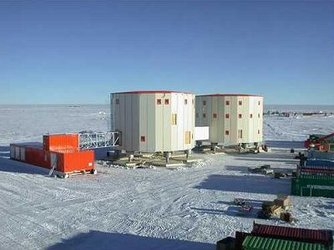Concordia calling
Altitude 3200 m, air pressure 645 hPa, minimum temperature –85°C, completely flat landscape, almost total isolation and virtually inaccessible from February to November. Welcome to the science paradise, Concordia research station on the Antarctic highland. The door is open for research groups from all over Europe.
The high and dry ice plateau around Concordia, considered to be one of the most hostile places on Earth, is a great place for scientific research. Studies in glaciology, atmospheric sciences, astronomy and astrophysics, Earth sciences, technology and human biology and medicine all benefit from the isolated and extreme environment in the middle of the Antarctic continent. This unique place was chosen in the 1990s as the location for a new permanent research station for the French Polar Institute (IPEV) and the Italian Antarctic Programme (PNRA SCrl).
Concordia is located 1100 km inland from the French coastal station Dumont d’Urville and 1200 km inland from the Italian coastal station Mario Zucchelli at Terra Nova Bay. Access to the station is limited to the short Antarctic summer because of the extreme weather conditions. Even then, reaching it is far from easy: a flight from the Italian base takes up to five hours and the drive takes about 12 days.
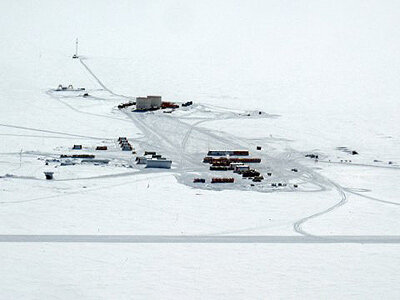
Manned since November 2004, Concordia is now supporting research activities throughout the year. Only about 50 people visit during the summer (from November to February) and typically 12–14 crewmembers stay over the long Antarctic winter.
Almost an outpost on another planet
A stay at Concordia has many similarities with a long-duration spaceflight and to future exploration missions, so ESA has a cooperative arrangement with IPEV and PNRA SCrl. ESA’s Directorate of Human Spaceflight uses Concordia’s special environment to prepare for future human missions to the Moon or Mars, and provides an excellent laboratory for fundamental research on many subjects.
ESA also supports IPEV and PNRA SCrl in medical monitoring, operational validation of life-support technologies and psychological training of crews by personnel from the European Astronaut Centre.
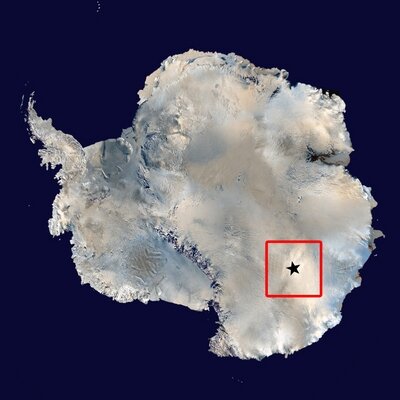
As one of the cooperative activities, ESA coordinates regular Europe-wide announcements of opportunity for all of Concordia’s research in medicine, physiology and psychology.
Past and current investigations include adaptation and coping with stress and changes in the immune system, blood clotting and changes in the circadian rhythms of crewmembers.
Announcement of Opportunity
The European science community is invited to propose medical, physiological and psychological experiments for Concordia. More details on the Concordia Announcement of Opportunity (pdf).


